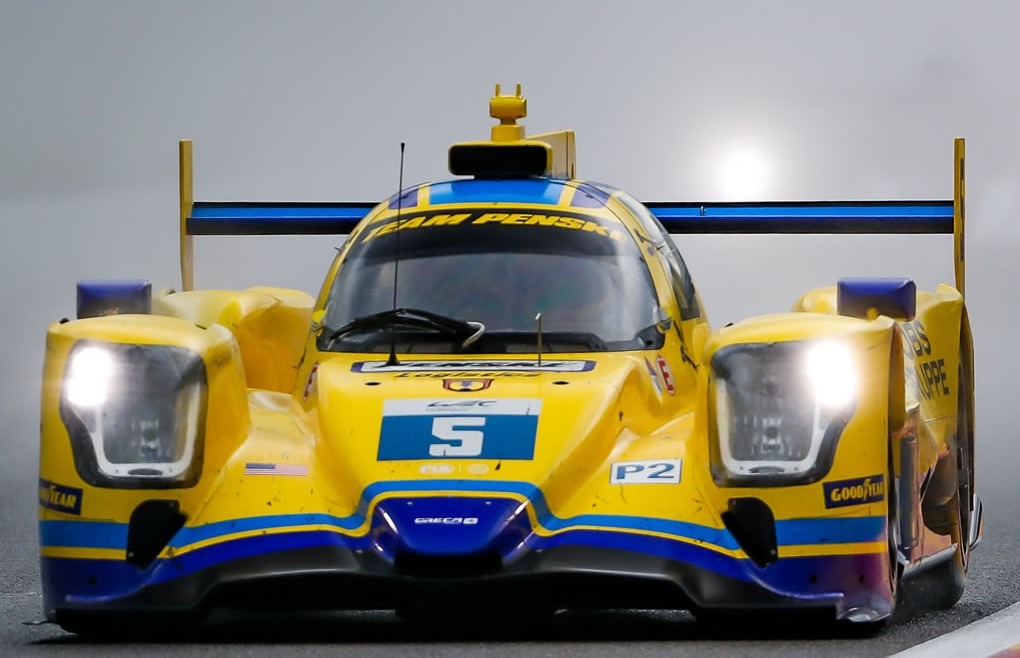
Team Penske will have its final LMP2 race in Le Mans
Team Penske has confirmed that it would not compete in the FIA World Endurance Championship’s LMP2 class after the 24 Hours of Le Mans next month.
Latest news from the World Endurance Championship- WEC

Team Penske has confirmed that it would not compete in the FIA World Endurance Championship’s LMP2 class after the 24 Hours of Le Mans next month.
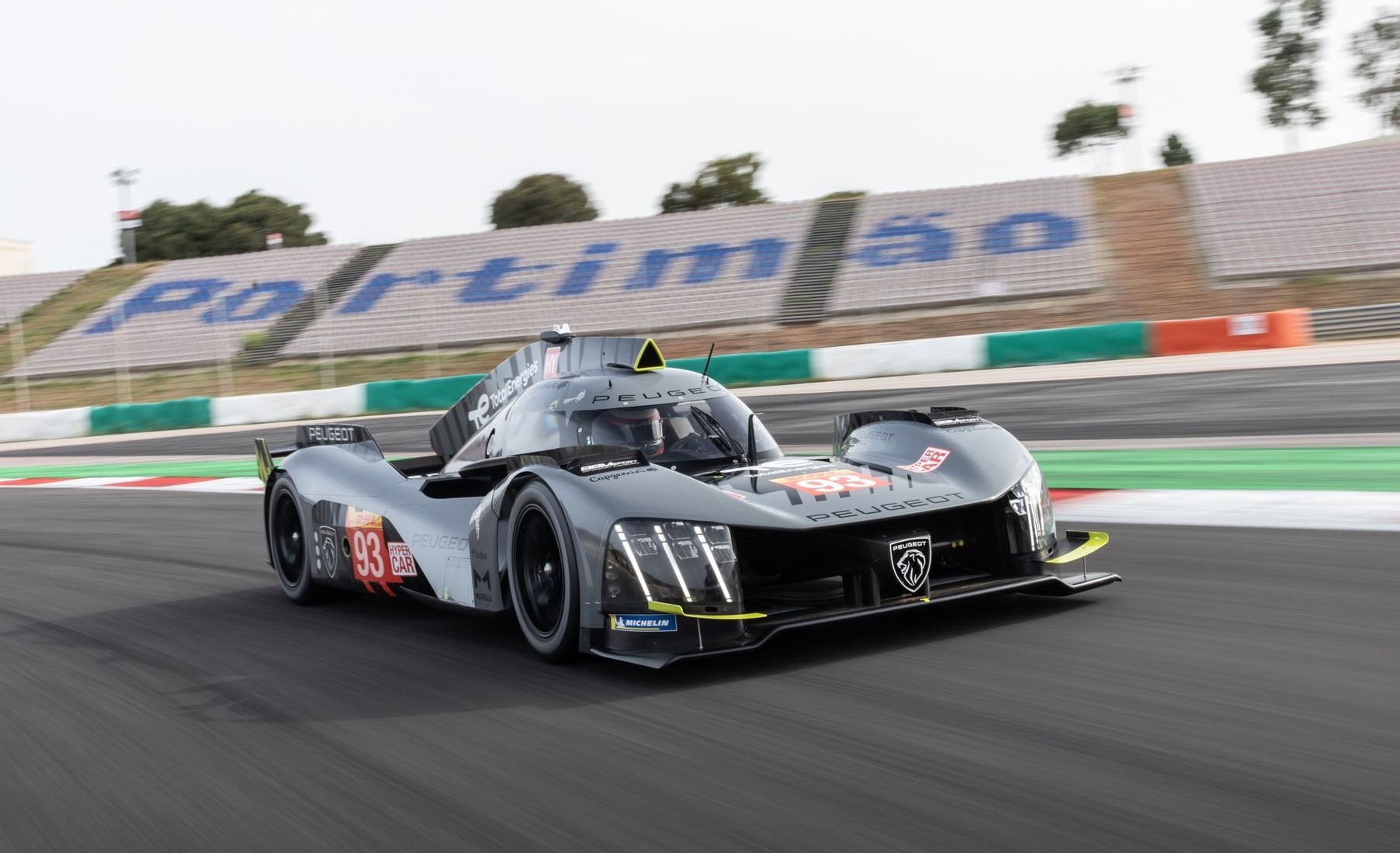
The Peugeot 9X8 Hypercar will make its WEC racing debut at the 6 Hours of Monza in July, according to Peugeot
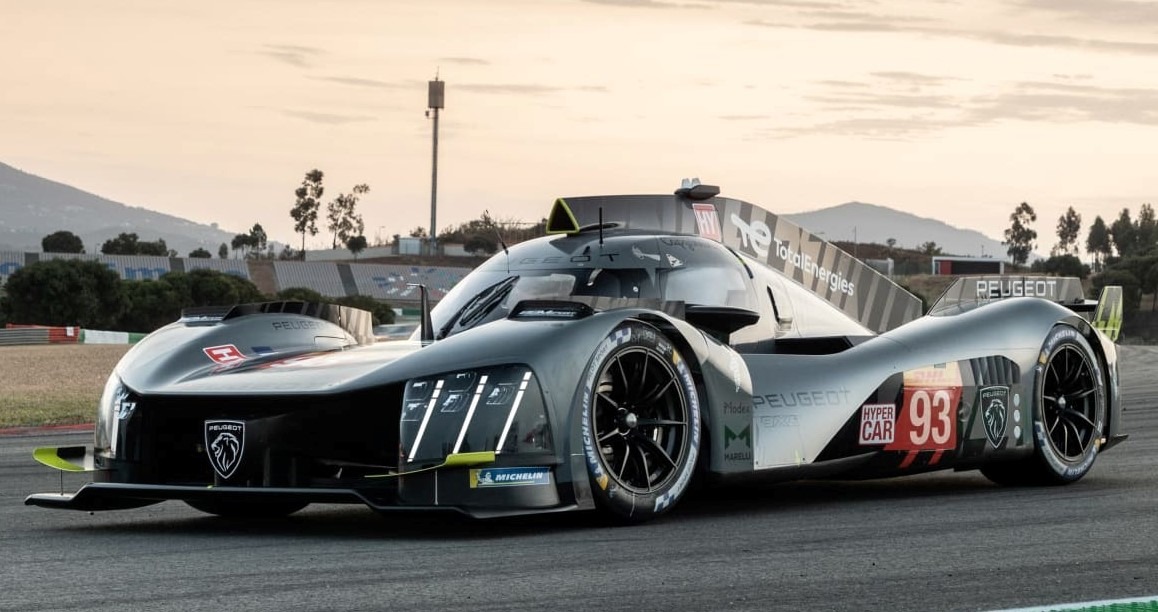
The Peugeot 9X8 Hypercar will compete in the World Endurance Championship this year, and in 2023 it will compete in the new Le Mans Hybrid class
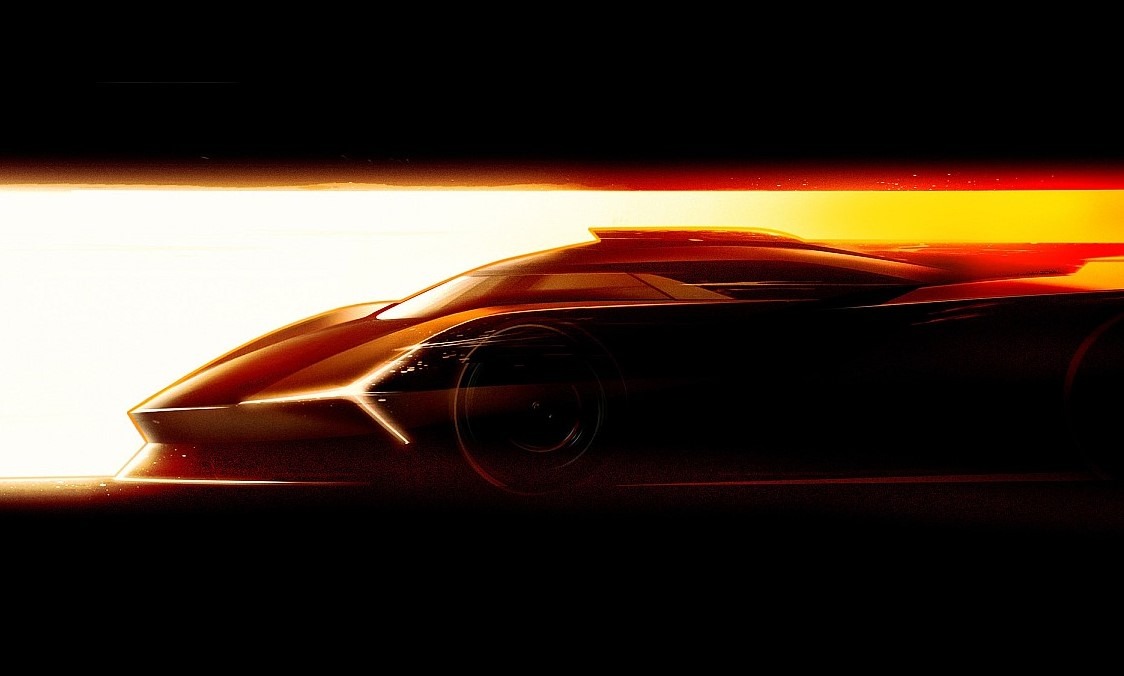
Lamborghini teased its new race car for the upcoming LMDh (Le Mans Daytona hybrid) class on Tuesday.
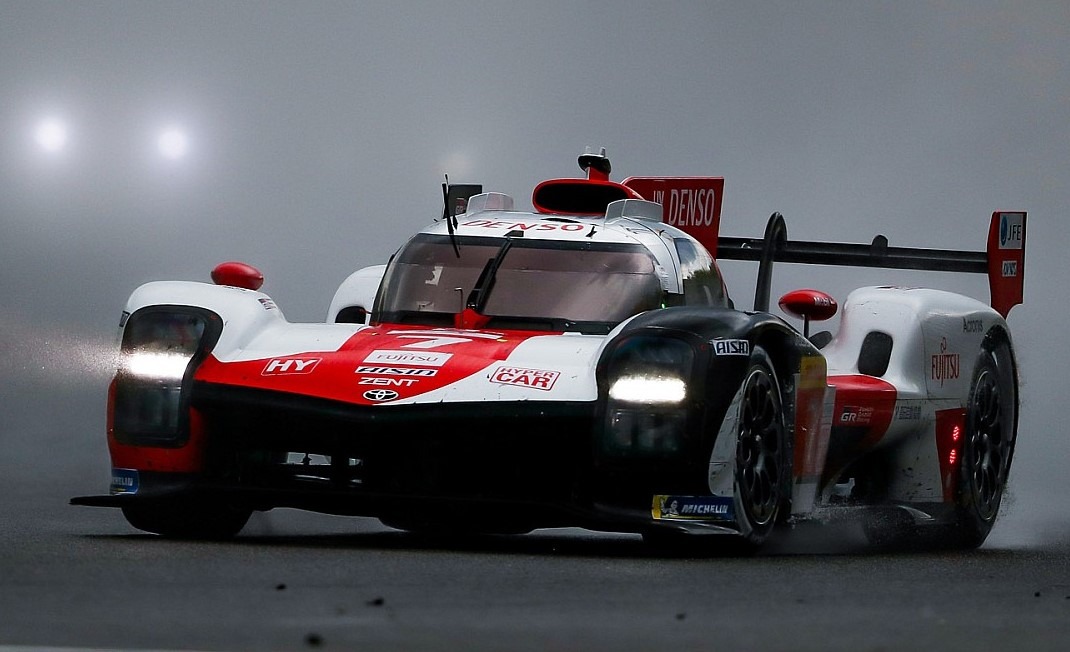
In a hectic, rain-affected race that was red-flagged three times, Jose Maria Lopez, Kamui Kobayashi, and Mike Conway won the TotalEnergies 6 Hours of Spa.
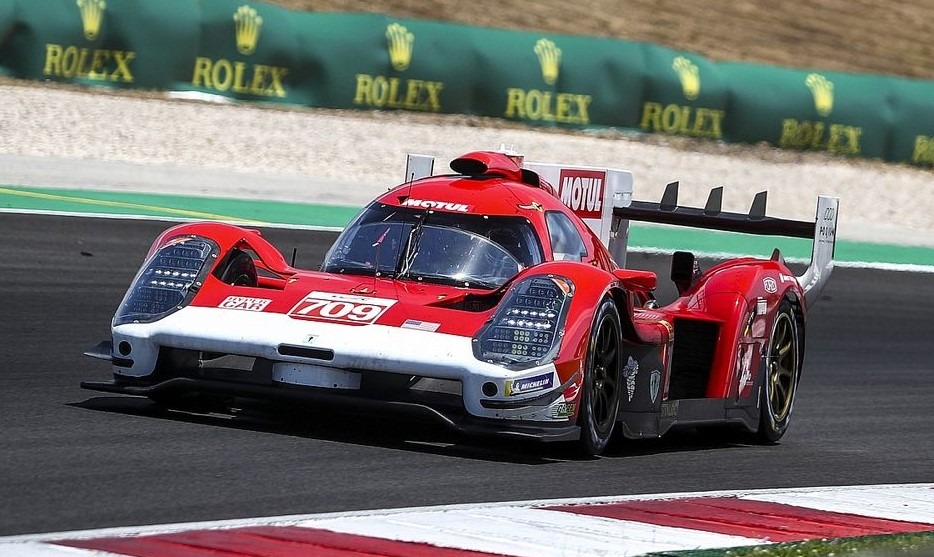
Glickenhaus Racing won pole position for the FIA World Endurance Championship 6 Hours of Spa-Francorchamps, beating Toyota Gazoo Racing and Alpine Elf Team for their maiden WEC pole and the first overall pole position for an American-flagged team in the competition.
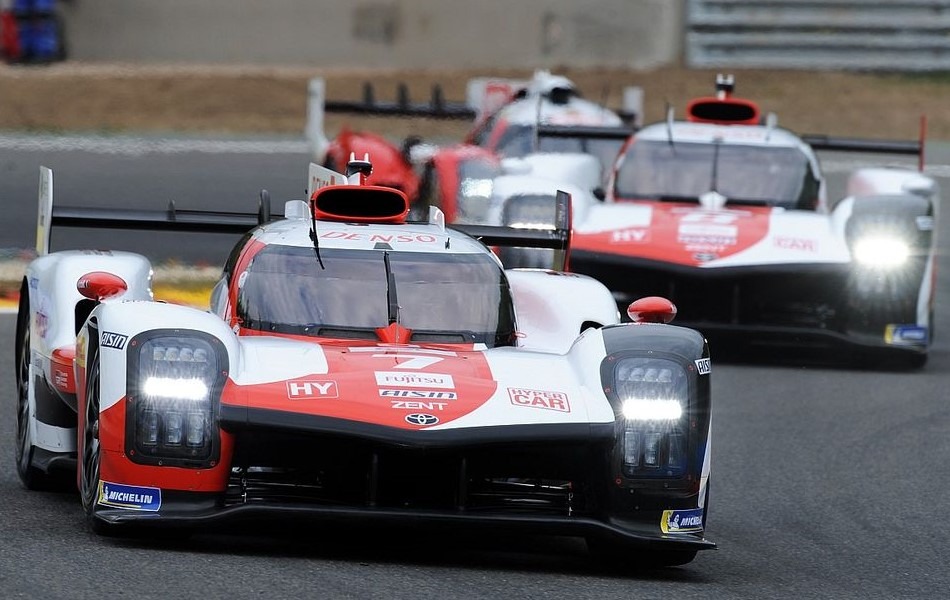
Toyota Gazoo Racing secured the top two positions on the timing board for the final practice of the FIA World Endurance Championship 6 Hours of Spa-Francorchamps, as expected after the second practice session.
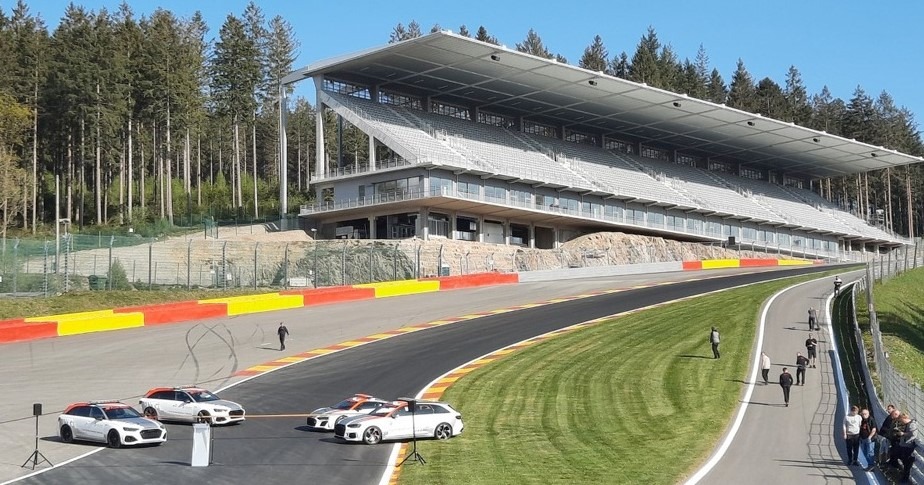
The new Raidillon / Eau Rogue grandstand, which opened yesterday, will be open for spectators to experience the FIA World Endurance Championship 6 Hours of Spa-Francorchamps this weekend.
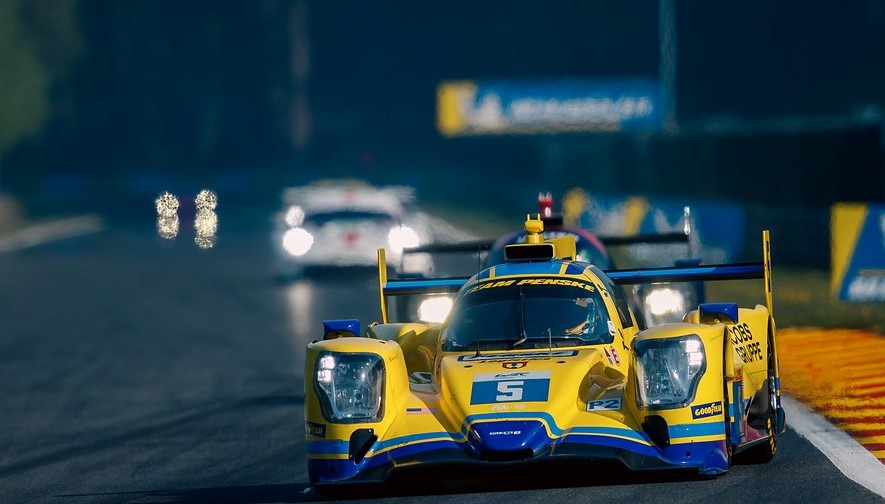
The LMP2 was on top of the timing board at the end of Free Practice 2, keeping the Hypercars at bay by 0.021s, continuing the trend from yesterday’s FIA World Endurance Championship 6 Hours of Spa-Francorchamps.
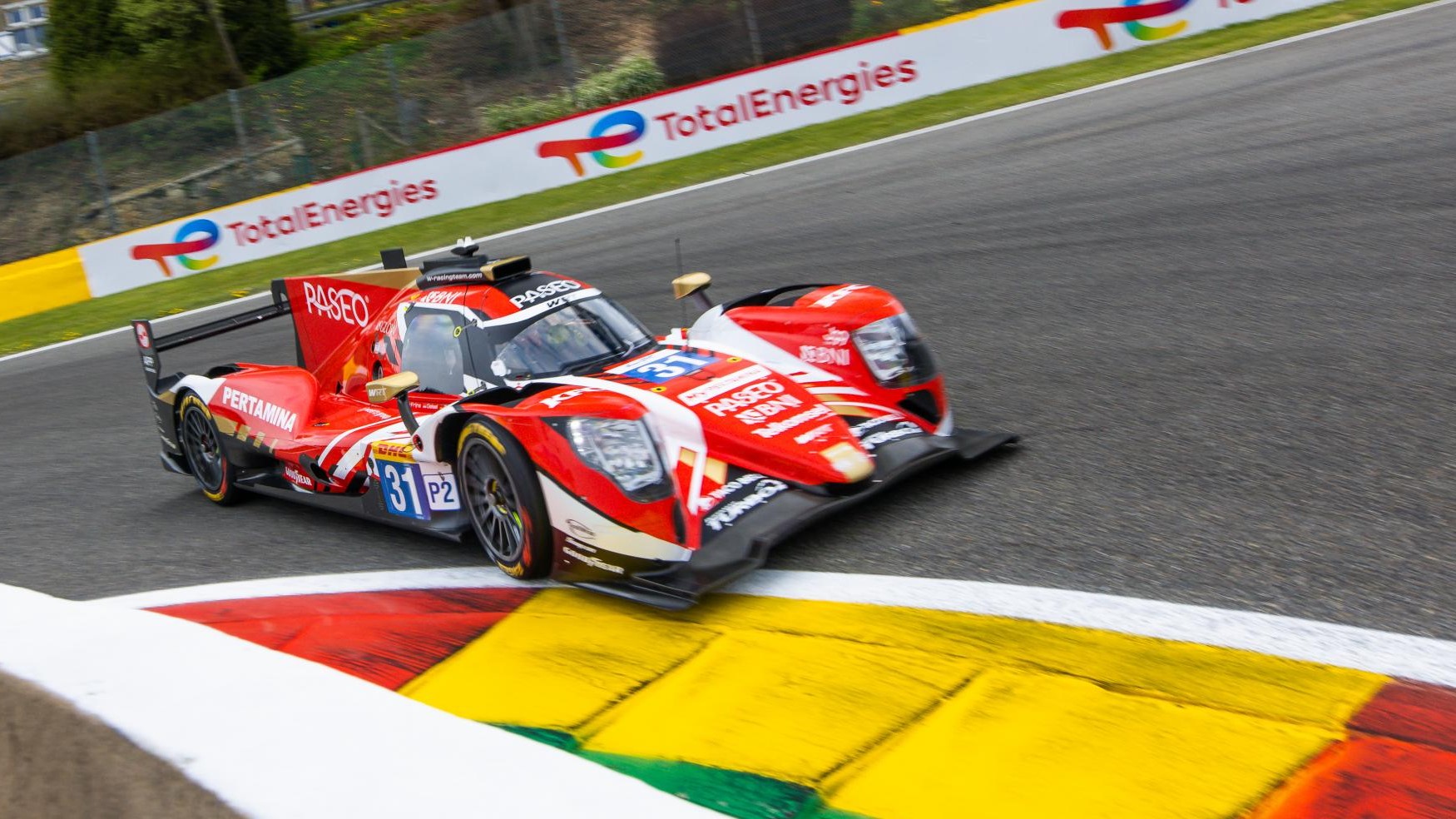
During the first practise session of the FIA World Endurance Championship 6 Hours of Spa-Francorchamps, the LMP2 class dominated by taking the top four spots on the time sheets.
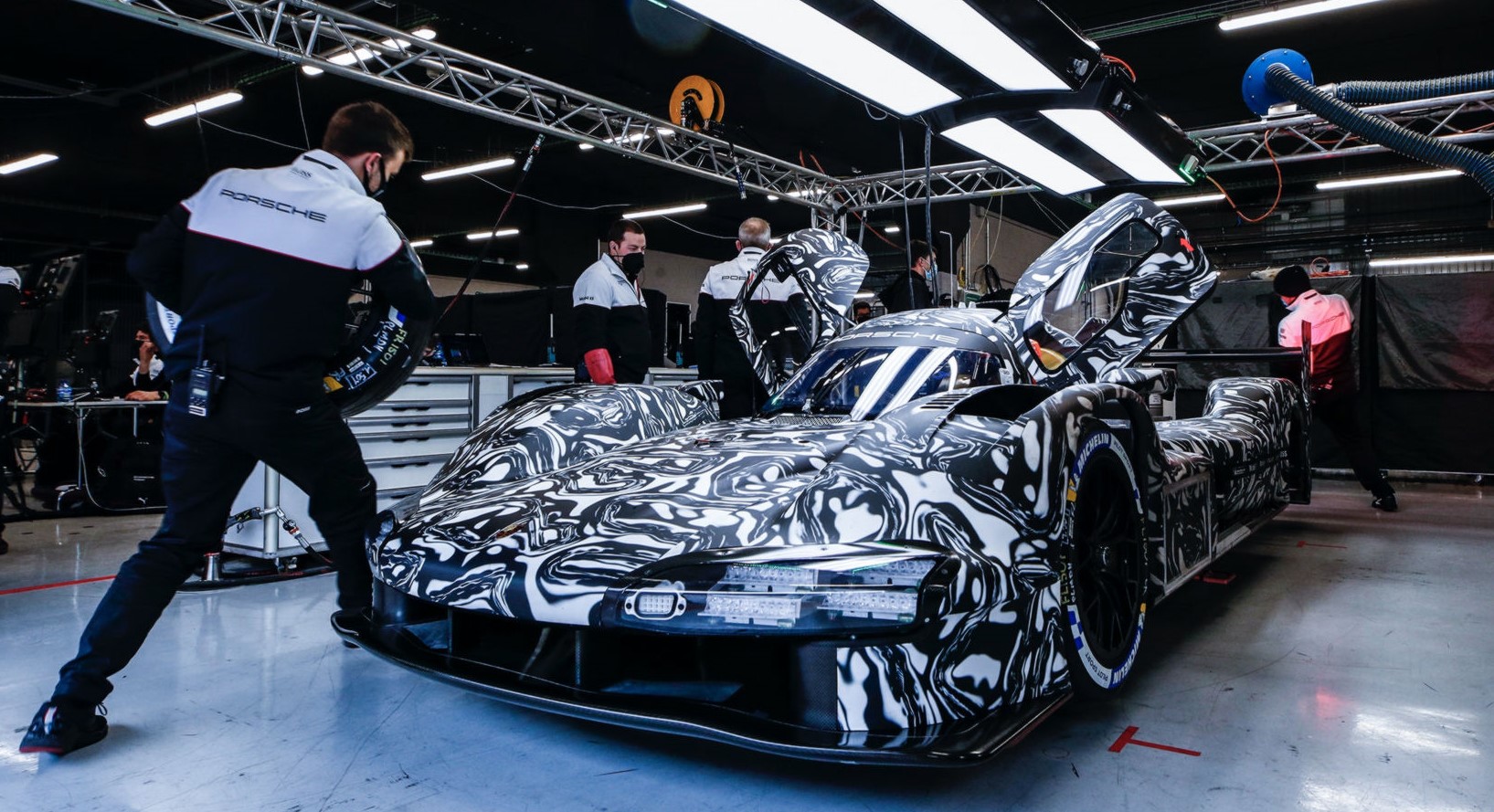
Porsche will make four LMDh prototypes available to client teams to compete against its Penske factory cars.
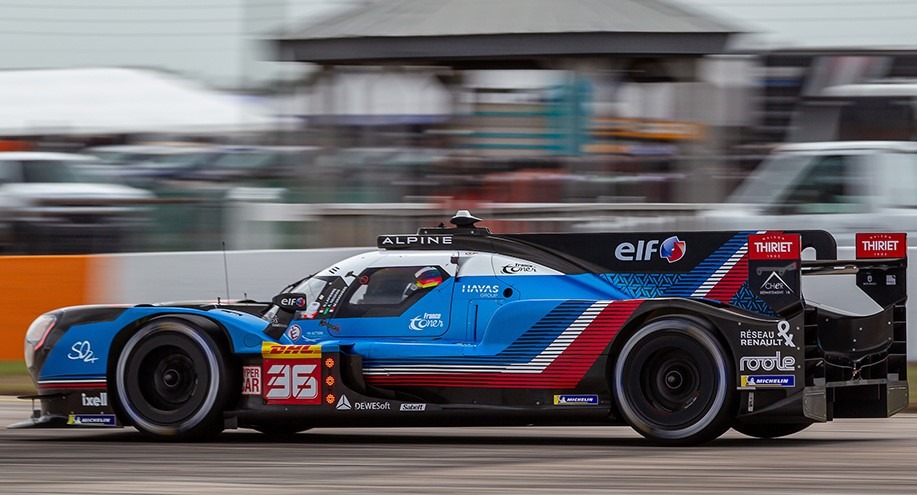
The FIA World Endurance Championship’s Balance of Performance has handed the Alpine A480 Gibson hypercar a power cut ahead of the second WEC round at Spa next month.
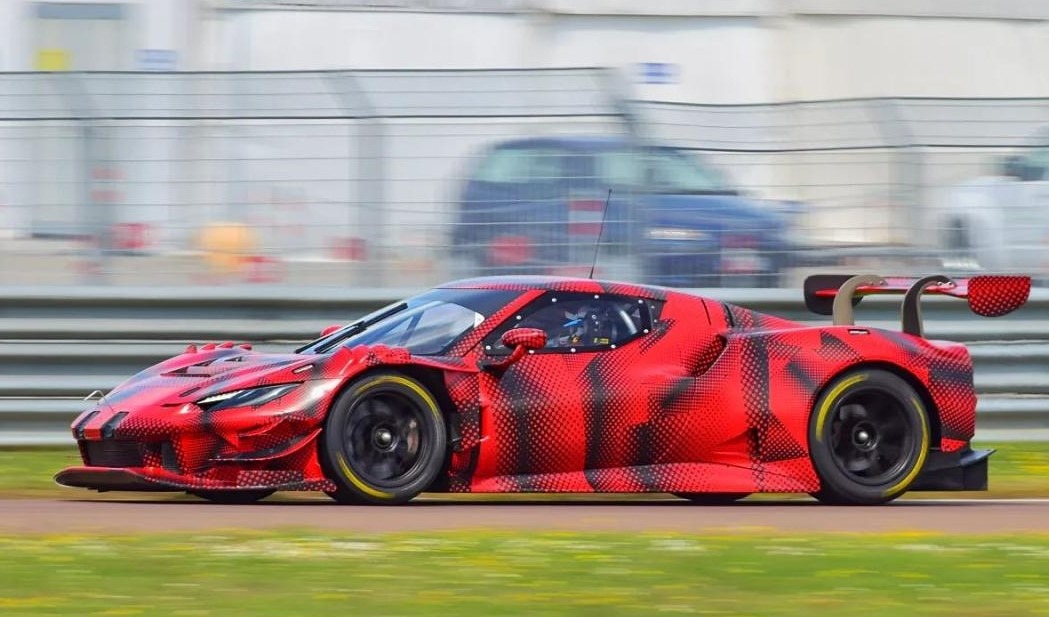
Ferrari’s next-generation GT3 car, the Ferrari 296 GT3, made its track debut on Tuesday in Fiorano, beginning its development programme ahead of making a racing debut in 2023.
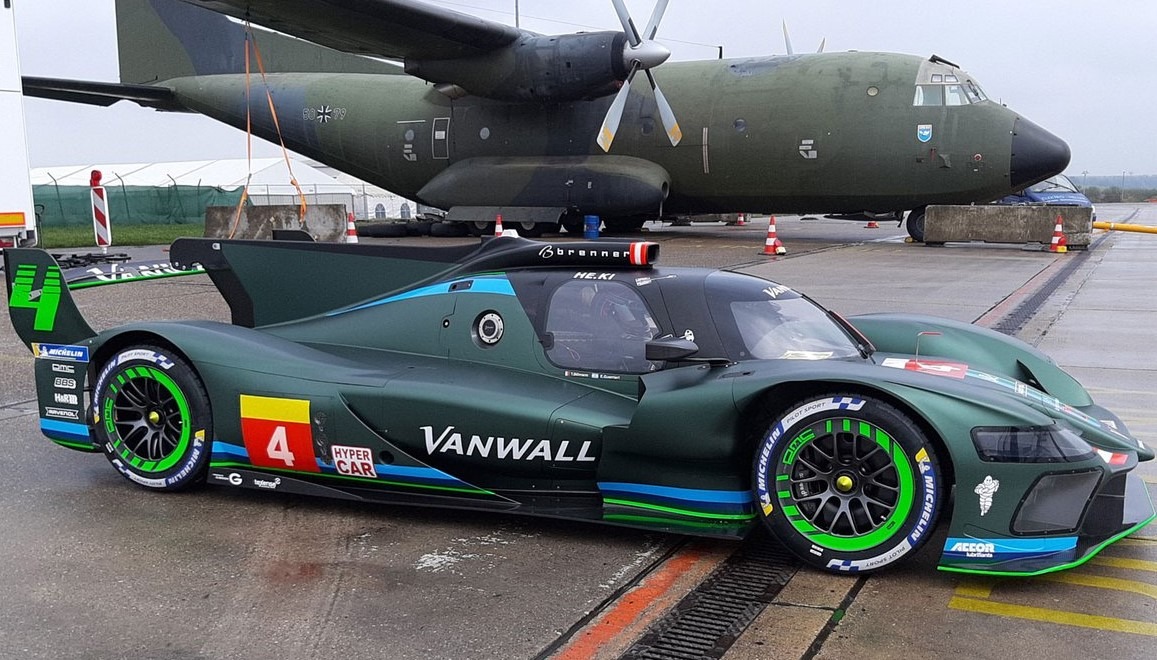
As part of its preparations for a possible attack on the FIA World Endurance Championship in 2023, ByKolles has finished the roll-out of its Vanwall Le Mans Hypercar.
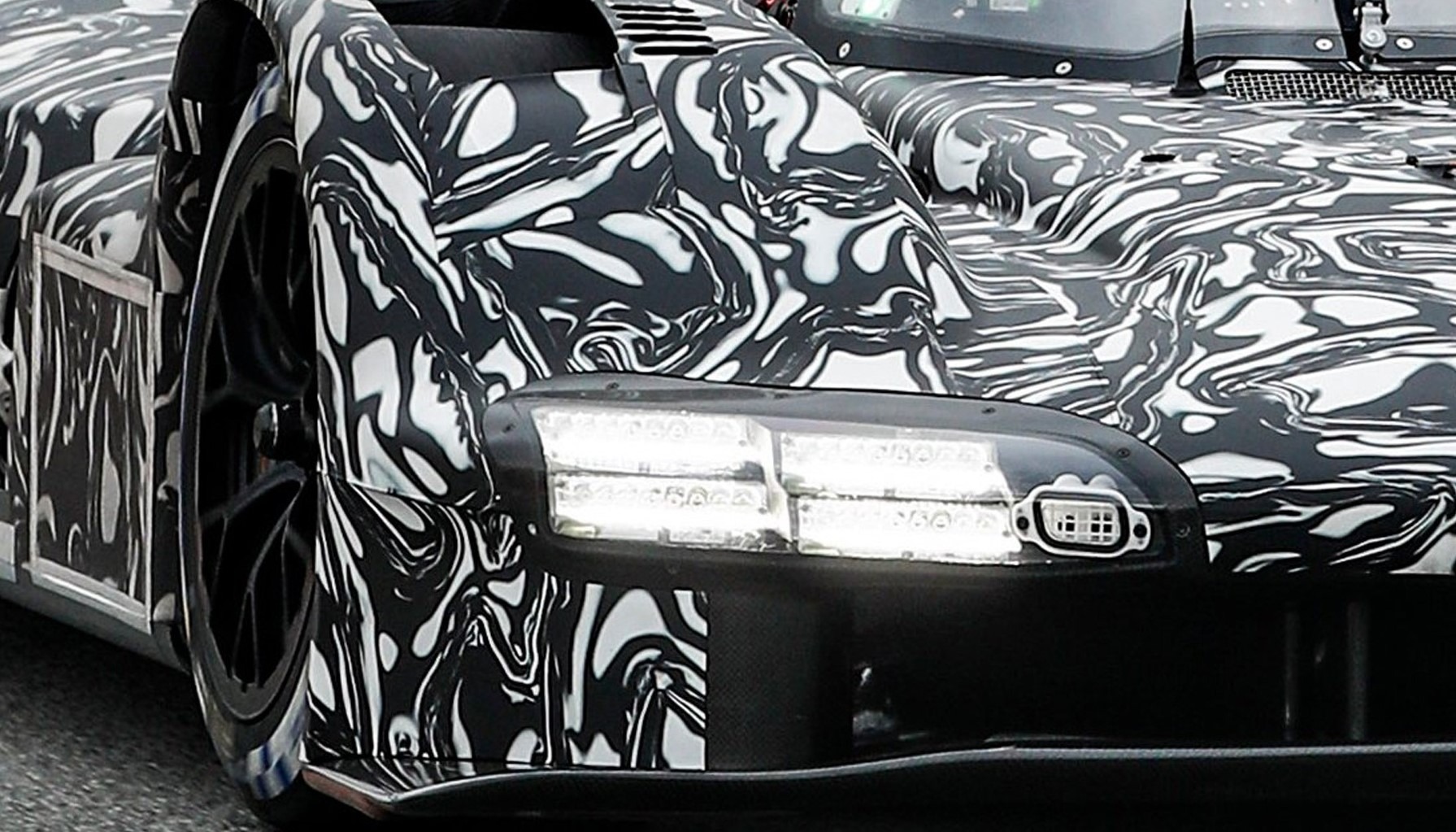
The new generation of LMDh prototypes, which will be available next season, will be permitted to compete in the FIA World Endurance Championship on a non-points basis this year.
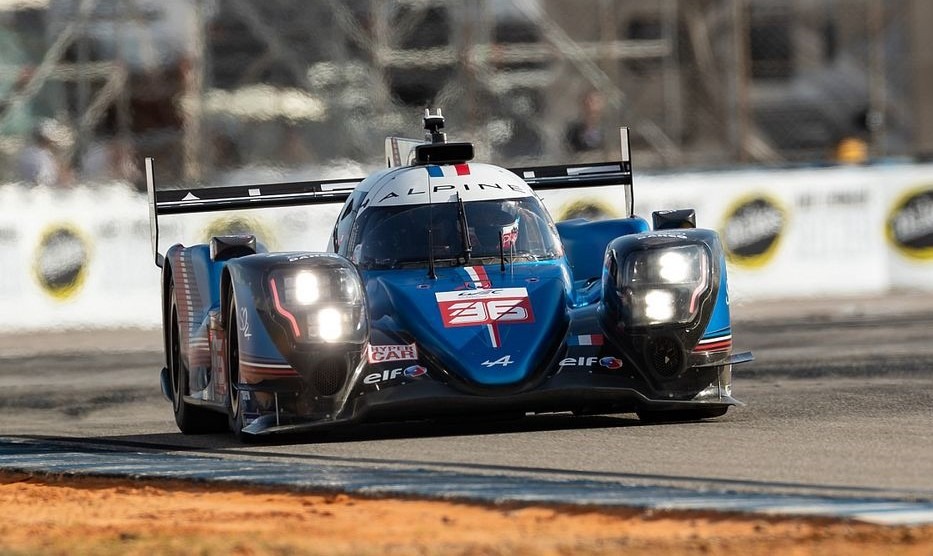
The Alpine Elf Team won the 1000 Miles of Sebring, despite the race being cut short by thirty minutes owing to lightning and thunderstorms in the region.